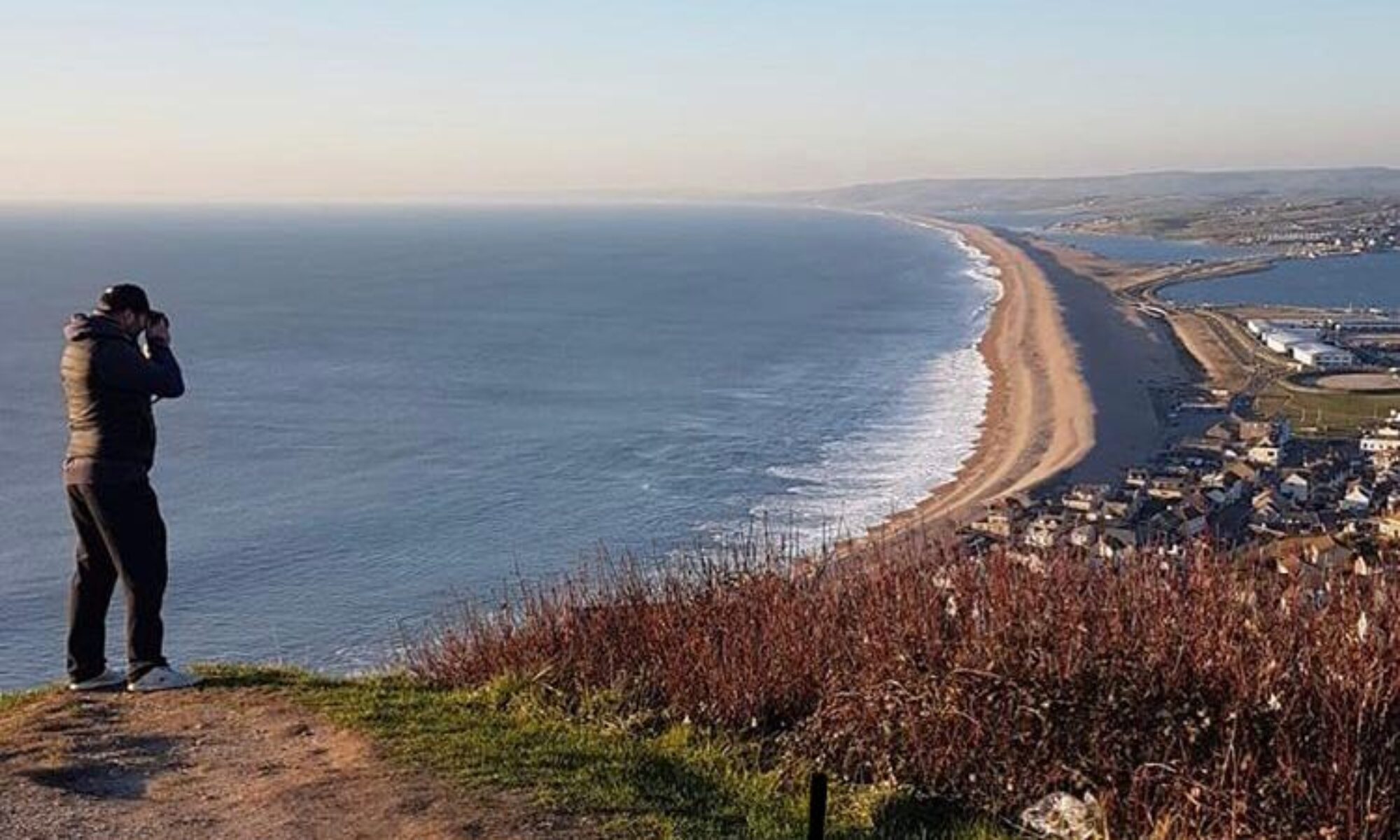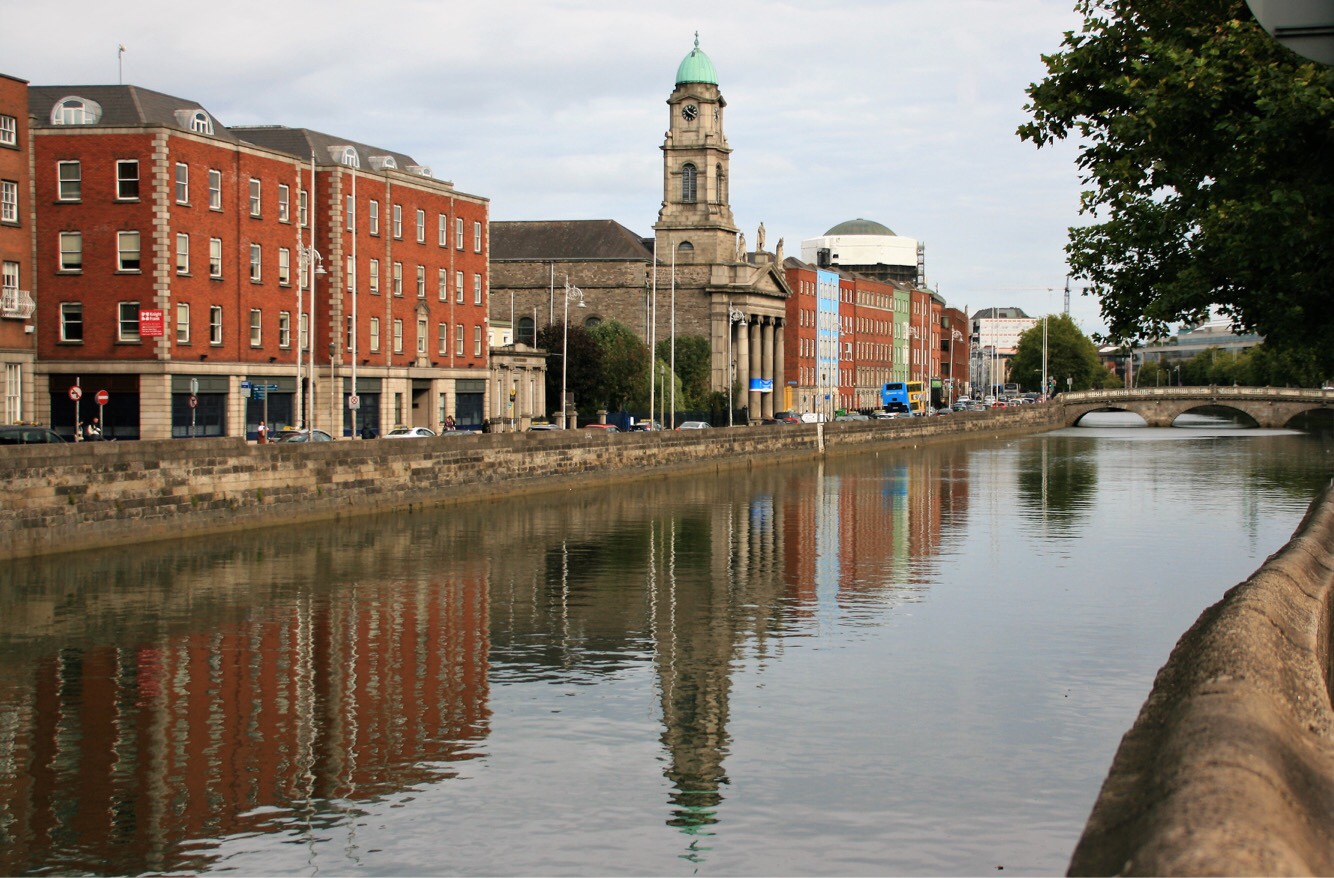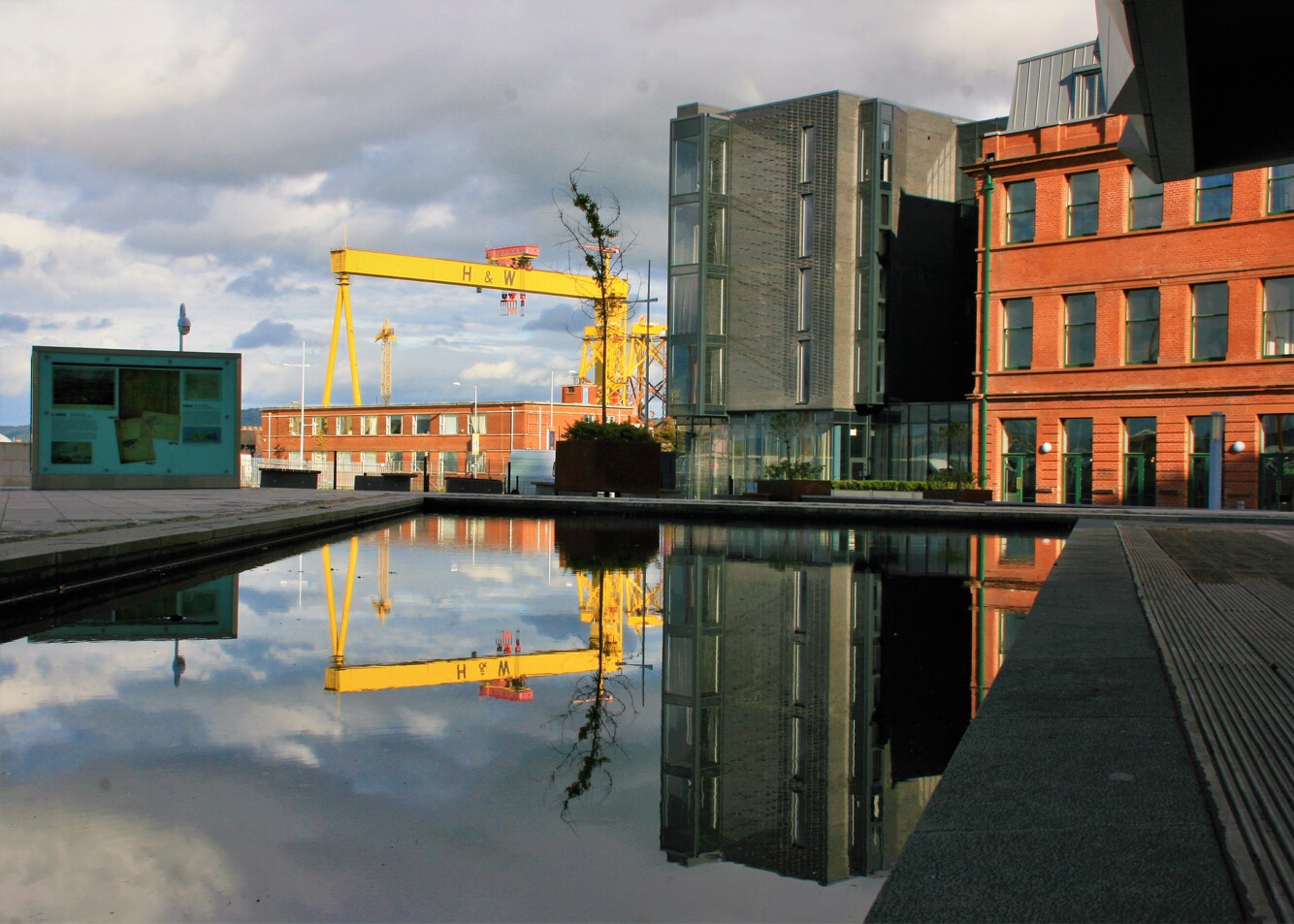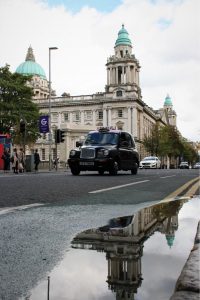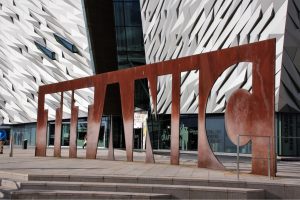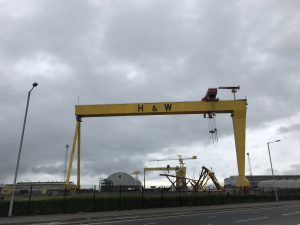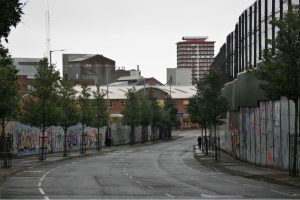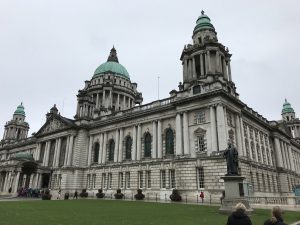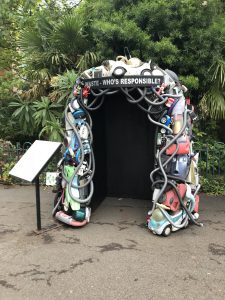A small capital city with a huge reputation, it attracts visitors from far and wide. When the city is alive its hustle and bustle create an overwhelming sense of craziness. Certain areas of the city possess a constant, unique atmosphere. Although an incredibly touristy city, the locals are ultra-friendly and the crowds flock here to join the craik.
Sadly, my first visit here was far too short and rushed to enjoy this city to its full. Perhaps this is why I didn’t love it like everyone else appears to do. I shall return to explore further its charms and character and possibly some areas out of the main city. I only had 12hrs to explore this place, and while the city is small, trying to see everything by foot was never going to be achievable. There was a need for it to be explored by foot as my ever-increasing waist size was not being helped by the local lifestyle both north and south of the border. I was gutted not to have visited Trinity college area including the book of Kells and college library. I believe that everywhere else was at least seen, but what was missed provides me with the excuse to return.
They say that first impressions count; lets be grateful that Dublin’s didn’t. The city is ugly; it takes advantage of the tourist and, probably, the locals. The buildings look cold and dirty. The pollution and dirt make a face lift a necessity. The city attracts a lot of visitors; this clearly has its pros and cons. On the walkways this is definitely a con, due to the many drinkers/beggars and the build-up of dirt, litter from overflowing bins. The smell made for an unappealing walk. Add the fact that the sun wasn’t shining, and one can see why first impressions were poor. So much for “Dublin’s fair city”.
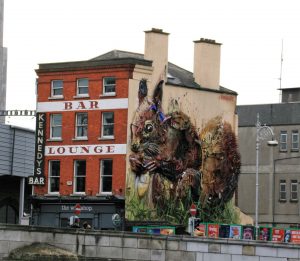
This the capital of Ireland sits at the head of Dublin Bay; it is a busy port, the financial and commercial hub of Ireland, backed up by its expensive lifestyle, as was pointed out to me by a local as I travelled down on the train. The first part of my walk took me along the eastern part of the river. Here one particular building catches my eye as it looks like it has a canned drink that has been misplaced and built into it. Close by it is anchored the Jeanie Johnston, whose links to the 19th century famine in these parts sheds a little light on some other parts of Ireland’s history.
My walk takes in all the areas detailed on my tourist/bus map. All the sights were very commercialised, and they were a huge disappointment, Christ church cathedral in particular. Crowds flock to them like bees to honey, and I couldn’t get out of them quick enough. I set off in search of other areas of interest, only to find bus loads of people arriving at them.
Guinness is perhaps Ireland’s biggest and most famous export. Personally, I can’t stand the stuff, even after trying it again over here. On arrival at those famous black and golden gates, I couldn’t be bothered to waste my time and money queuing for a view and perhaps a pint I wasn’t going to enjoy. Instead I headed to a local pub for a drink I would and did enjoy. Not understanding the man behind the bar, I still managed to order and a buy a drink.
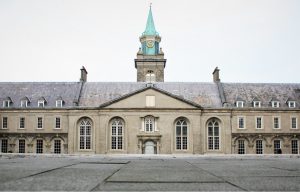
From here I took on more walking as I pursued the further sites on my map. I discovered a charming building with quadrants all around; it was much more appealing and photogenic than that of Dublin Castle. From here I found some peace and solitude in the war memorial gardens whilst enjoying my daily packed lunch. From here I ticked off the Wellington monument. An old school bus provided some interesting photo opportunities before I decided to head back to Templar Bar. In no rush, I decided on a pub crawl back towards Templar Bar. Any pub that looked attractive or lively was entered to savour a pint but in each one that was visited the price rose as I got closer to that illustrious place.
Just before arriving at Templar Bar I discovered Ireland’s oldest bar!! Is it true? We may never know! Crowds flocked here and not for a pint but for the “I was here photo” for which people just strolled in and quickly left. Surprisingly I took no such photo; instead I enjoyed my pint as I photobombed everyone’s shameless pictures. Support these pubs!!
I left this pub in search of a more atmospheric location and by that I mean local, musical atmosphere. More by chance than by plan I came to Templar Bar, established 1870. I was drawn in and captivated by the two guys playing their tunes to the hoards of drunkards. Not coping well with the crowds inside I took comfort with the smokers outside. Conversation was struck up with people from far and wide as we all enjoyed each other’s company.
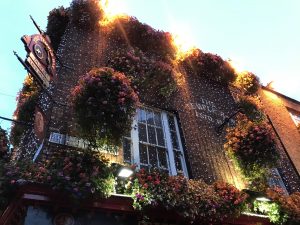
Dublin – I shall return; Trinity college, library and the book of Kells looks like a silly missed opportunity. And perhaps I’ll return to enjoy the evening of Templar Bar once more. Apart from maybe coming across to watch the rugby, my interest in this place is sadly lacking.
Dublin, Leinster, Ireland
